Home>Garden Essentials>How To Produce Hybrid Seeds
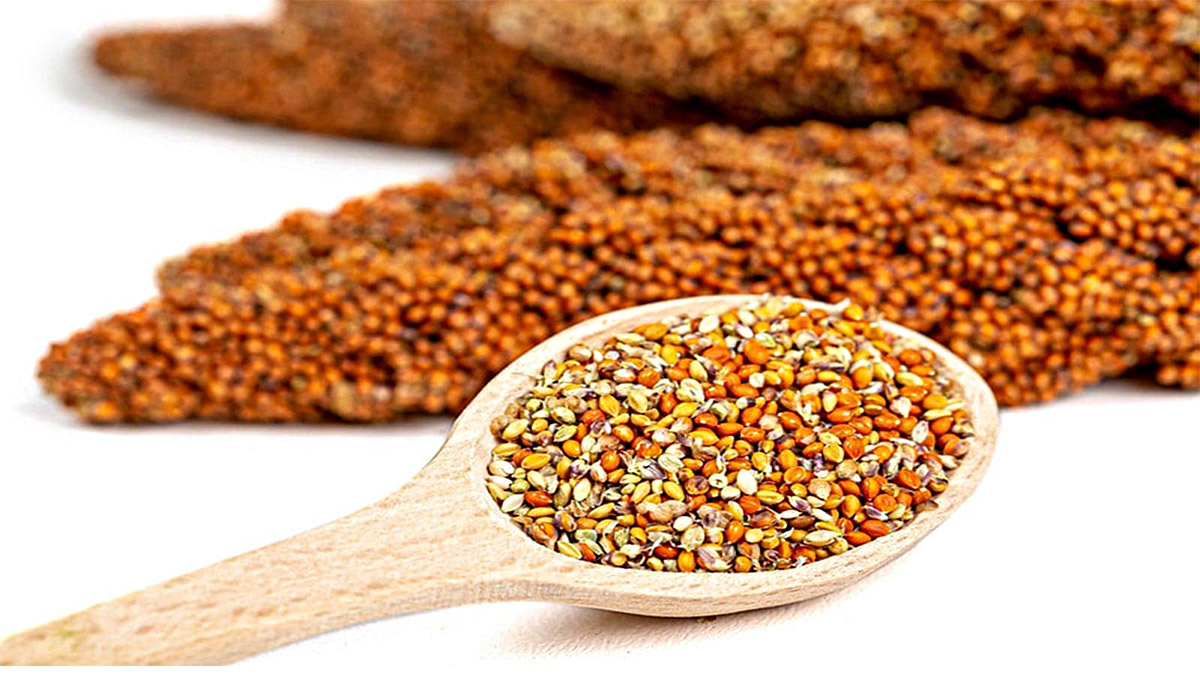

Garden Essentials
How To Produce Hybrid Seeds
Modified: March 15, 2024
Learn how to produce hybrid seeds in your garden and maximize your plant's productivity. Discover proven techniques and tips for successful hybrid seed production.
(Many of the links in this article redirect to a specific reviewed product. Your purchase of these products through affiliate links helps to generate commission for Storables.com, at no extra cost. Learn more)
Introduction
Producing hybrid seeds is an essential practice in modern gardening and agriculture. Hybrid seeds are created by crossing two different varieties of plants, resulting in offspring that display favorable traits from both parents. This process helps to improve crop yield, disease resistance, and overall plant vigor.
While hybrid seeds have become popular in commercial farming, many home gardeners are also interested in producing hybrid seeds to enhance their own plant varieties. This allows them to have control over the traits they want to see in their plants, leading to stronger and healthier specimens.
In this article, we will delve into the world of hybrid seeds, exploring their benefits and the steps involved in producing them. Whether you are a gardening enthusiast or a farmer looking to improve your crop yield, understanding how to produce hybrid seeds is a valuable skill to have.
Key Takeaways:
- Producing hybrid seeds combines the best traits of different plants, leading to increased yield, disease resistance, and improved flavor. It’s a valuable skill for gardeners and farmers to create stronger and healthier crops.
- The process of producing hybrid seeds involves selecting parent plants, controlled pollination, harvesting and processing seeds, and testing and storing seeds. It’s a rewarding practice that empowers growers to create unique plant varieties tailored to their specific needs.
Read more: What Are Hybrid Seeds
Understanding Hybrid Seeds
Before diving into the process of producing hybrid seeds, it’s important to have a clear understanding of what they are and how they differ from open-pollinated seeds. Hybrid seeds are the result of crossing two different parent plants with desirable traits. The offspring, known as hybrids, inherit a combination of these traits.
Hybrid seeds are created through controlled pollination, where pollen from the male parent plant is transferred to the female parent plant. This process allows for the combination of desired traits such as disease resistance, increased yield, tolerance to environmental conditions, or improved flavor.
One key aspect of hybrid seeds is that they do not produce true-to-type offspring. This means that if you save seeds from hybrid plants and replant them, the resulting plants will not have the same characteristics as the parent hybrid. Instead, they may exhibit a mix of traits from both parent plants or revert back to one of the parent varieties.
It’s important to note that hybrid seeds are not genetically modified organisms (GMOs). They are created through natural methods of cross-pollination, with the goal of combining desirable traits to improve overall plant performance.
Hybrid seeds offer a range of advantages over open-pollinated seeds. They often exhibit increased vigor, uniformity, and productivity. This can be particularly beneficial for commercial farmers who rely on consistent crop yields. Additionally, hybrid plants are often more resistant to diseases and pests, reducing the need for chemical interventions.
However, there are some potential drawbacks to consider when working with hybrid seeds. First, hybrid seeds are typically more expensive than open-pollinated seeds. This is because producing hybrid seeds involves careful hand-pollination, labor-intensive processes, and maintaining parent plant populations. Additionally, because hybrid seeds cannot be saved and replanted successfully, gardeners and farmers need to purchase new seeds each year.
Overall, understanding the fundamentals of hybrid seeds will provide a solid foundation for the process of producing them. By leveraging the strengths of different parent plants, hybrid seeds offer the potential to create stronger, more resilient, and high-yielding crops.
Benefits of Producing Hybrid Seeds
Producing hybrid seeds offers several benefits for gardeners and farmers. These seeds are specially bred to combine the best traits of two parent plants, resulting in offspring with improved characteristics. Let’s explore the advantages of producing hybrid seeds:
- Increased yield: One of the key benefits of hybrid seeds is their ability to produce higher yields. By crossing parent plants with desirable traits such as disease resistance, vigorous growth, or increased fruit size, hybrid seeds can result in plants that yield more bountiful harvests.
- Disease resistance: Hybrid seeds are often bred to include resistance to specific diseases or pests. This means that the resulting plants are better equipped to withstand common diseases, reducing the need for chemical pesticides or interventions.
- Uniformity: Hybrid seeds produce plants that are more uniform in terms of height, size, and shape. This is particularly advantageous for commercial farmers who require consistency in their crops for efficient harvesting, processing, and marketing.
- Adaptability: Hybrid seeds can be specifically bred to thrive in different climates, soil conditions, or environmental factors. This makes them adaptable to a variety of growing conditions, allowing farmers and gardeners to cultivate successful crops in diverse regions.
- Improved flavor and quality: Through hybridization, plant breeders can also focus on enhancing the flavor, texture, and overall quality of fruits, vegetables, and flowers. This can result in tastier and more visually appealing produce.
It’s important to note that while hybrid seeds offer these benefits, they may not be suitable for all gardening or farming practices. Some gardeners prefer open-pollinated seeds for their ability to save and replant seeds from year to year. However, for those looking to maximize productivity, disease resistance, and overall plant performance, hybrid seeds are a valuable option.
By producing hybrid seeds, gardeners and farmers have the opportunity to create plant varieties that meet their specific needs and preferences. Whether it’s for commercial purposes or simply to enhance the beauty and productivity of a home garden, hybrid seeds provide countless advantages to those willing to invest in their production.
Steps to Producing Hybrid Seeds
Producing hybrid seeds involves a series of steps that require careful planning, observation, and controlled pollination. Let’s explore the process of producing hybrid seeds:
- Selecting Parent Plants: Choose two parent plants with desirable traits that you would like to combine. It’s important to select plants that are healthy, vigorous, and represent the characteristics you desire in the offspring.
- Isolation and Pollination: To prevent unwanted cross-pollination, it’s crucial to isolate the parent plants from other plants of the same species. This can be achieved by placing physical barriers or spacing them far apart. Ensure that no pollen from other plants can reach the female parent plant. Once isolated, manually transfer the pollen from the male parent plant to the stigma of the female parent plant.
- Harvesting and Processing Seeds: Once pollination has occurred, it’s important to allow the seeds to fully develop and mature on the parent plants. Monitor the progress of the seeds and harvest them when they are fully ripe. Properly process the seeds by removing any surrounding fruit or debris, and allow them to dry completely.
- Testing and Storing Seeds: Before using or selling the hybrid seeds, it’s essential to test their viability and germination rate. Conduct germination tests to determine the percentage of seeds that successfully sprout. Store the seeds in cool, dry conditions to maintain their viability for future use.
It’s important to note that producing hybrid seeds requires meticulous record-keeping. Keep detailed notes on the parent plants used, the date of pollination, and any other relevant observations. This will help you track the success of your hybridization efforts and make informed decisions in future breeding projects.
Additionally, it’s worth mentioning that producing hybrid seeds can be a time-consuming process. It may take several generations of cross-pollination and selection to achieve the desired traits. Patience, careful observation, and a willingness to adapt your breeding strategies are essential for successful hybrid seed production.
By following these steps and investing time and effort into the process of producing hybrid seeds, gardeners and farmers can create unique plant varieties that meet specific preferences and requirements. Whether it’s for improved yield, disease resistance, or flavor enhancement, producing hybrid seeds empowers growers to create plants tailored to their needs.
Selecting Parent Plants
The first step in producing hybrid seeds is selecting suitable parent plants. This crucial step lays the foundation for the traits and characteristics you want to combine in the offspring. When choosing parent plants, consider the following factors:
- Desirable traits: Identify the specific traits you want to incorporate in the hybrid offspring. For example, you might be looking for plants with disease resistance, increased yield, vibrant colors, or unique flavors.
- Health and vigor: Select parent plants that are healthy, disease-free, and have strong growth habits. Avoid plants with signs of pest damage, nutrient deficiencies, or any other visible issues.
- Compatibility: Choose plants that are from the same species or have the ability to cross-breed successfully. Some plants have natural barriers to prevent hybridization, so it’s essential to research and ensure the compatibility of the parent plants.
- Genetic diversity: Aim to select parent plants that come from genetically diverse sources. This helps increase the chances of producing robust and unique hybrid offspring.
- Availability: Ensure that the parent plants you choose are readily available and accessible. This is important for obtaining seeds or cuttings for the hybridization process.
When selecting parent plants, it’s important to have a clear vision of the traits you want to combine and the goals you want to achieve. Keep in mind that the traits you desire may not manifest equally in the hybrid offspring, as genetic dominance and other factors influence the expression of traits.
Furthermore, it’s beneficial to conduct research or consult with experts to understand the genetic makeup of the parent plants. This knowledge can help you assess the likelihood of successfully producing the desired traits in the hybrid offspring.
Remember, the selection of parent plants is a critical step that will greatly influence the success and quality of your hybrid seeds. Take the time to carefully evaluate and choose the best candidates, as they will contribute to the future success of your plant breeding efforts.
To produce hybrid seeds, cross-pollinate two different varieties of the same plant species. This can be done by transferring pollen from one plant to the stigma of another.
Read more: Where Were Hybrid Seeds Invented
Isolation and Pollination
After selecting the parent plants for hybrid seed production, the next step is to ensure isolation and carry out the pollination process. This is crucial to prevent unwanted cross-pollination and ensure that the desired traits are inherited in the hybrid offspring. Follow these steps:
- Isolation: Separate the parent plants from other plants of the same species. This can be achieved by growing them in separate sections of the garden, using physical barriers such as netting or cages, or timing the flowering periods to avoid overlapping. The distance needed for effective isolation varies among different plant species, so it’s important to research and understand the specific requirements.
- Identification: Label each parent plant to avoid confusion during pollination. Use plant tags or markers to identify the male and female parents. This ensures that the pollen is transferred between the correct plants.
- Pollination: When the female parent plant is ready for pollination, carefully remove the flower petals to expose the reproductive organs, including the stigma and pistil. Collect the pollen from the male parent plant, either by gently tapping the flower or using a small brush or cotton swab. Transfer the pollen to the stigma of the female parent plant, ensuring good contact between the pollen and stigma.
- Protection: After pollination, protect the female parent plant from further pollination by covering it with a breathable material like a mesh bag. This prevents other pollens, including those from undesirable plants, from fertilizing the flowers and influencing the genetic makeup of the hybrid seeds.
It’s important to perform the pollination process on a calm day with minimal wind to prevent accidental dispersal of pollen. Monitoring the progress of the pollinated flowers is crucial in determining if fertilization is successful. This can be done by observing the growth of the ovary or the development of seed pods.
Keep in mind that pollination methods can vary depending on the specific plant species. Some plants may require more intricate techniques, such as hand pollination or the use of specific tools. It’s essential to do thorough research to understand the best practices and techniques for each plant species.
By carefully isolating the parent plants and carrying out controlled pollination, you can ensure a higher chance of producing hybrid seeds with the desired traits. This step is integral in the process of hybrid seed production as it determines the genetic inheritance and the potential characteristics of the offspring.
Harvesting and Processing Seeds
Once pollination is successful and the hybridization process has taken place, the next step in producing hybrid seeds is the careful harvesting and processing of the seeds. Proper handling and processing are crucial to ensure the viability and quality of the seeds. Follow these steps:
- Seed Maturity: Allow the seeds to fully mature on the parent plants. This is essential to ensure that the seeds are developed and have reached their optimal size and viability. Seeds are typically ready for harvest when they have changed color, become firm, and are easily separated from the surrounding fruit or pod.
- Harvesting: Gently harvest the mature seeds from the parent plants. This can be done by handpicking or using small tools like scissors or pruners. Handle the seeds with care to prevent damage or injury, as this can affect their germination and viability.
- Seed Cleaning: After harvesting, remove any unwanted debris, fruit pulp, or chaff from the seeds. This can be done by gently rubbing the seeds between your hands or by using sieves or screens to separate the seeds from the surrounding materials.
- Drying: Properly dry the seeds to reduce moisture content and prevent mold or fungal growth. Spread the cleaned seeds in a single layer on a clean, dry surface, such as a paper towel or a mesh screen. Place the seeds in a well-ventilated area away from direct sunlight until they are completely dry. Stir or turn the seeds occasionally to ensure even drying.
- Storage: To maintain the viability of the hybrid seeds, store them in a cool, dry, and dark place. Use airtight containers like glass jars or moisture-proof bags to protect the seeds from moisture, temperature fluctuations, and pests. Label the containers with the plant species, hybrid information, and date of harvest to maintain proper organization.
It’s important to note that some plants have specific requirements for seed treatment or stratification before storage. Research the specific needs of the plant species you are working with to ensure the best conditions for seed preservation.
Regularly check stored seeds for signs of mold, insects, or any other issues. Discard any seeds that show signs of damage or deterioration. Be aware that hybrid seeds may have a shorter shelf life compared to open-pollinated seeds, so it’s recommended to use them within a few years for optimal germination rates.
By following proper harvesting and processing techniques, you can ensure the quality and viability of the hybrid seeds for future planting and breeding projects. Taking care during this step is vital in producing successful hybrid seeds and maintaining the genetic potential of your desired traits.
Testing and Storing Seeds
After the harvesting and processing of hybrid seeds, it’s important to conduct tests to assess their viability and germination rates. Testing the seeds allows you to determine their quality and make informed decisions about their storage and future use. Here are the steps involved:
- Germination Testing: Select a representative sample of the harvested hybrid seeds. Place them on a damp paper towel or in seedling trays filled with moistened seed-starting mix. Keep the seeds in a warm and well-lit area, ensuring proper moisture levels. Monitor the germination process by regularly checking for seedling emergence. Count and record the number of seeds that successfully germinate, as this will determine the germination rate.
- Viability Assessment: Assess the overall health and vigor of the germinated seedlings. Look for signs of abnormalities, weak growth, or poor development. Healthy seedlings indicate good seed viability, while weak or abnormal seedlings may suggest lower quality or compromised seeds.
- Storage: Once you have assessed the viability and quality of the hybrid seeds, it’s time to store them properly. Place the seeds in airtight containers, such as glass jars or moisture-proof bags, to protect them from moisture, temperature fluctuations, and pests. Store the containers in a cool, dry, and dark location to maintain the longevity of the seeds.
- Labeling: Label the storage containers with accurate information, including the plant species, hybrid details, date of harvest, and any other relevant notes. Proper labeling ensures easy identification and organization of the seeds, especially when you have multiple hybrid varieties.
Regularly check stored seeds for signs of deterioration, mold, or insect infestation. If you notice any issues, promptly remove affected seeds to prevent contamination of the remaining collection.
It’s important to note that the viability of hybrid seeds may decrease over time compared to open-pollinated seeds. Therefore, it’s recommended to use hybrid seeds within a few years for optimal germination rates.
By conducting germination tests and properly storing the hybrid seeds, you can ensure their viability and maintain a collection of high-quality seeds for future planting and breeding endeavors.
Remember to keep accurate records of germination rates, hybrid combinations, and any other relevant information. These records will help you track and evaluate the performance of your hybrid seeds in subsequent growing seasons, enabling you to make informed decisions for future hybrid seed production.
Conclusion
Producing hybrid seeds is a rewarding practice that allows gardeners and farmers to harness the beneficial traits of different plant varieties. By crossing carefully selected parent plants, hybrid seeds offer the potential for increased yield, disease resistance, uniformity, adaptability, and improved flavor.
Understanding the process of producing hybrid seeds, from selecting parent plants to isolation and controlled pollination, harvesting and processing seeds, and testing and storing seeds, is essential for success. Each step requires careful attention to detail, proper techniques, and a commitment to maintaining seed viability and quality.
By producing hybrid seeds, gardeners and farmers have the opportunity to create unique plant varieties that meet their specific needs and preferences. Whether it’s for commercial purposes, to enhance crop productivity, or simply to add beauty and diversity to a home garden, hybrid seeds offer countless advantages to those willing to invest in their production.
Furthermore, the process of producing hybrid seeds fosters a deeper understanding of plant genetics, allowing for greater mastery of plant breeding techniques and the potential for future innovations in the field of agriculture.
Remember to keep thorough records of your hybridization efforts, including parent plant selection, pollination methods, and seed testing results. These records will be invaluable in tracking the success of your hybrid seed production and guiding future breeding projects.
So, whether you are a devoted gardener looking to enhance your plant varieties or a farmer aiming to improve crop yields, venture into the world of producing hybrid seeds and unlock the potential for stronger, more resilient, and high-performing plants.
Frequently Asked Questions about How To Produce Hybrid Seeds
Was this page helpful?
At Storables.com, we guarantee accurate and reliable information. Our content, validated by Expert Board Contributors, is crafted following stringent Editorial Policies. We're committed to providing you with well-researched, expert-backed insights for all your informational needs.
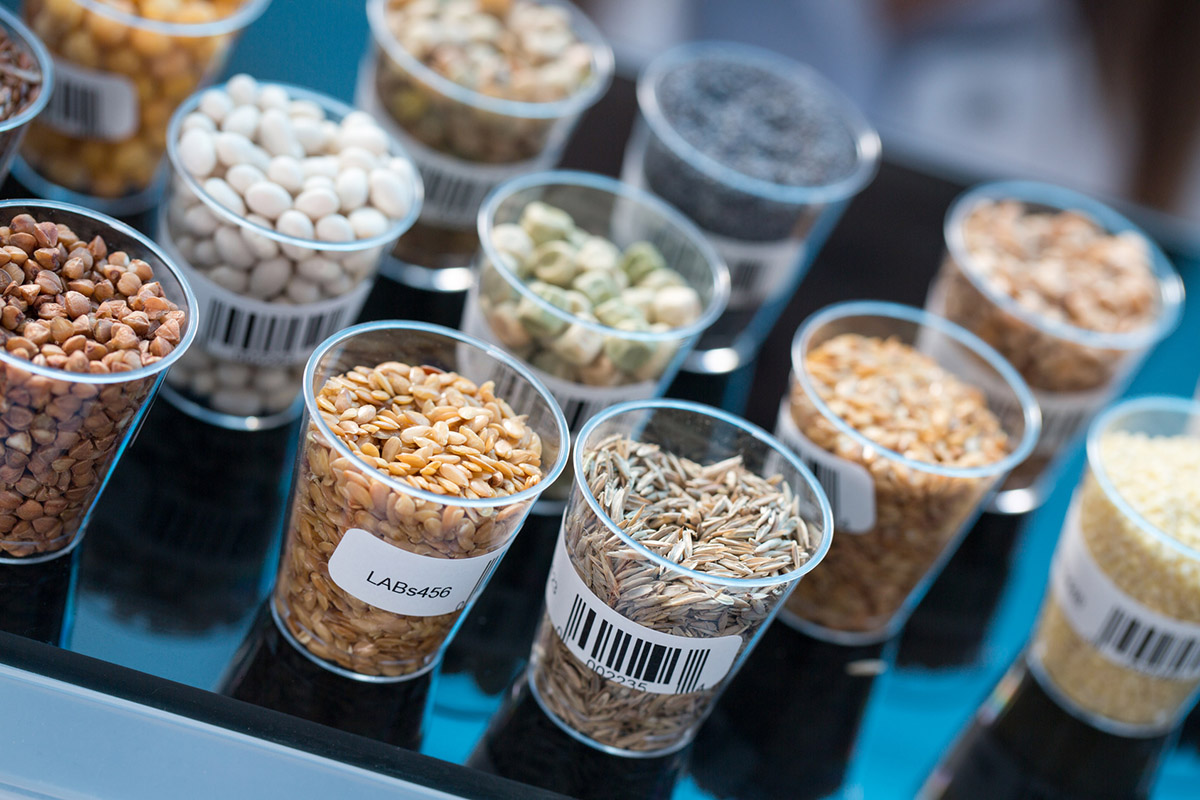
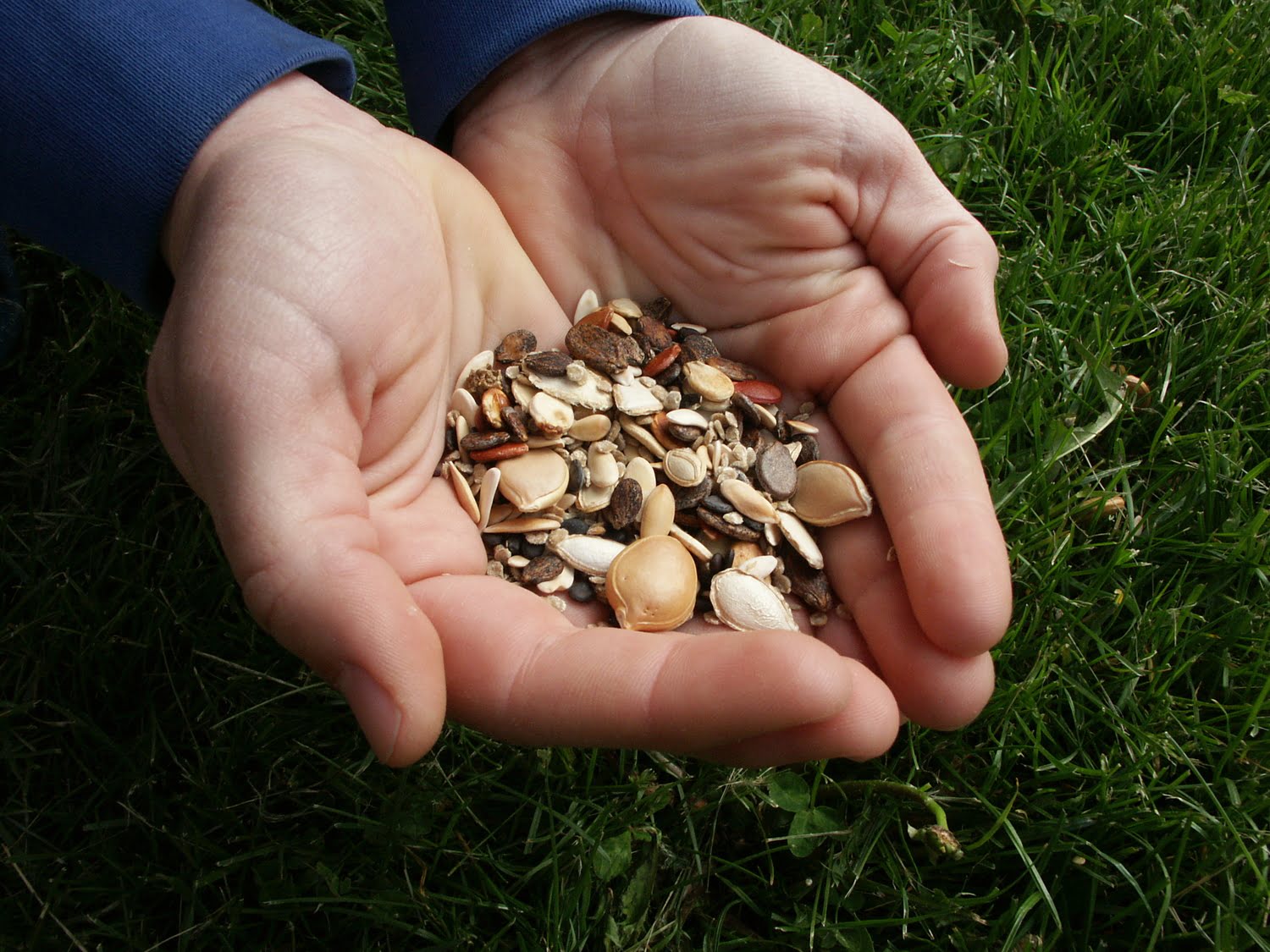
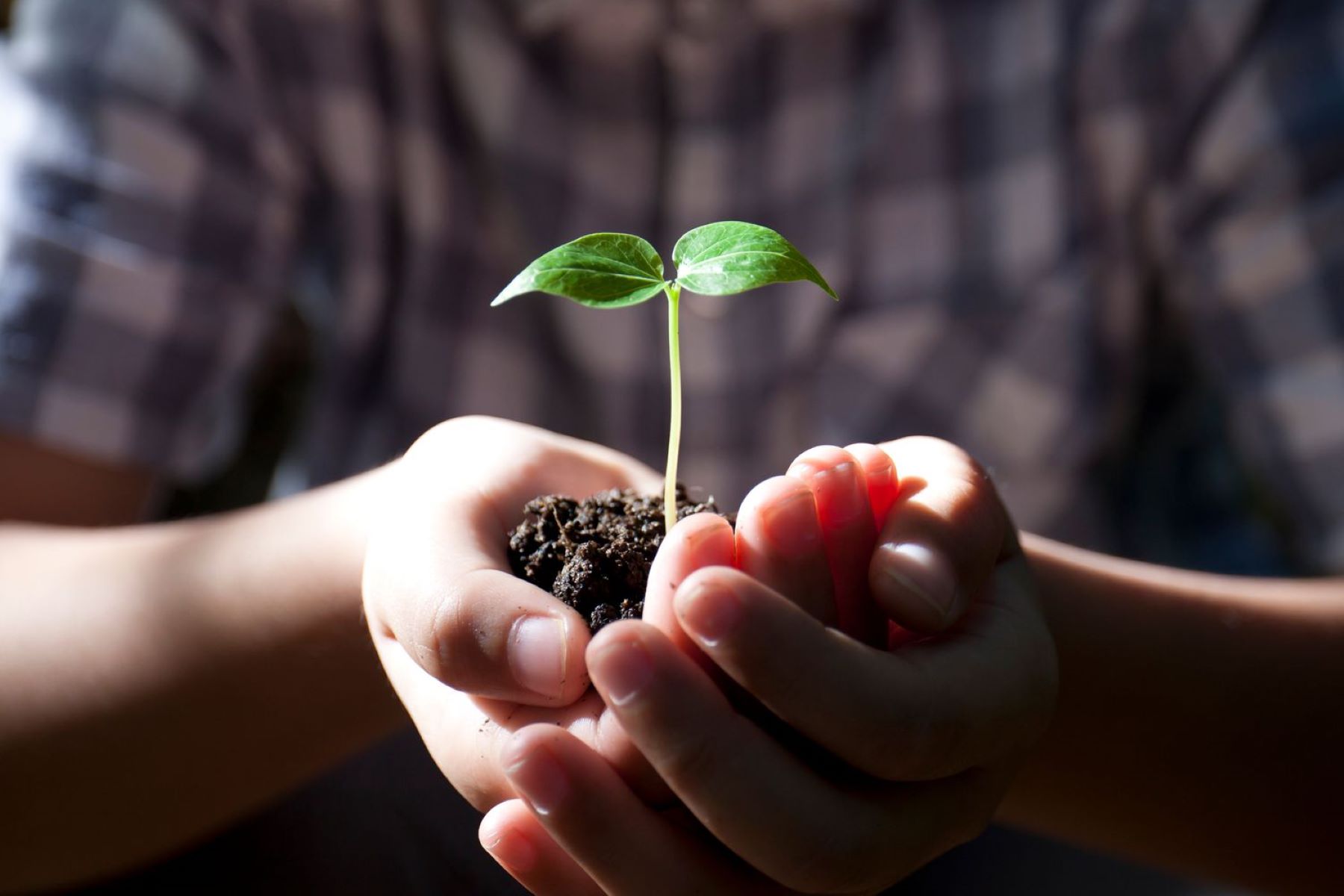
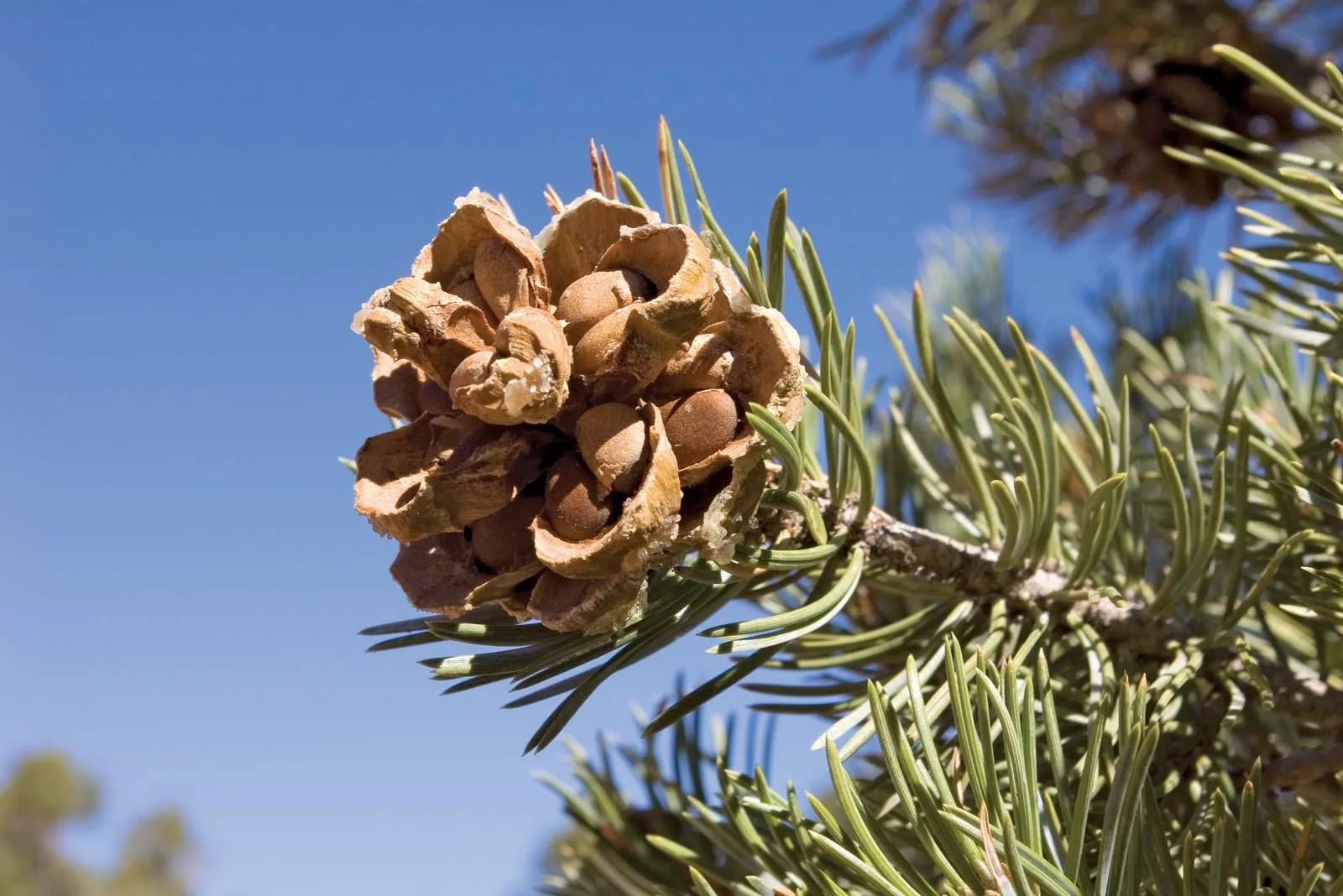
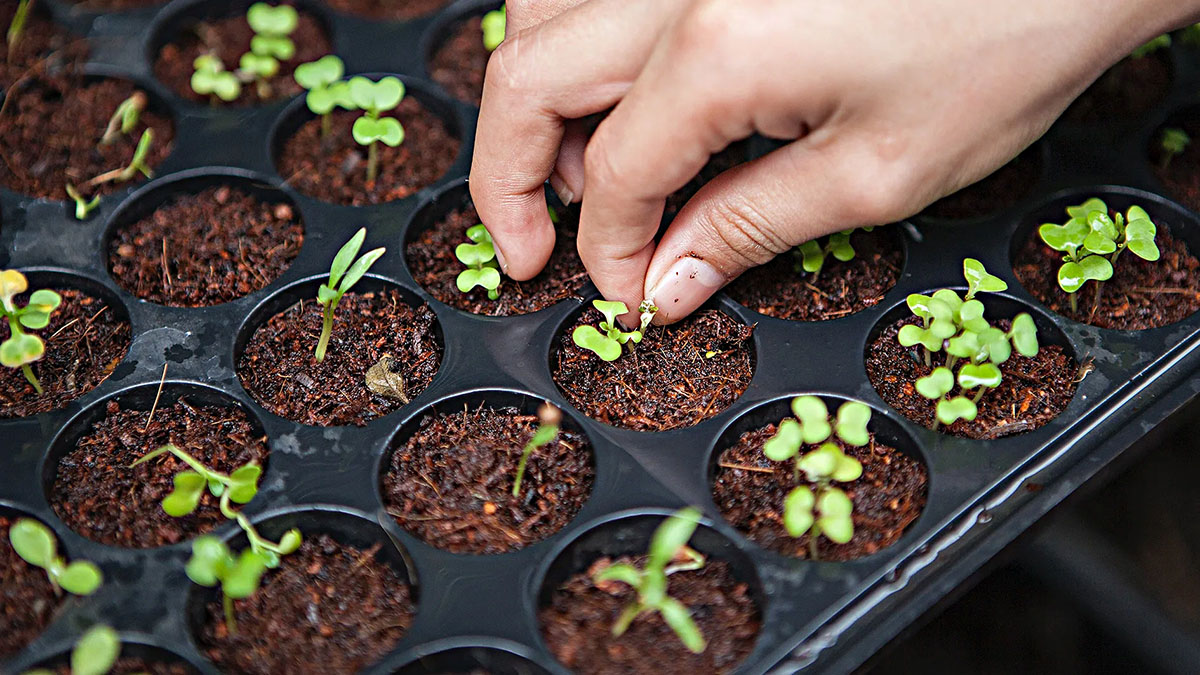
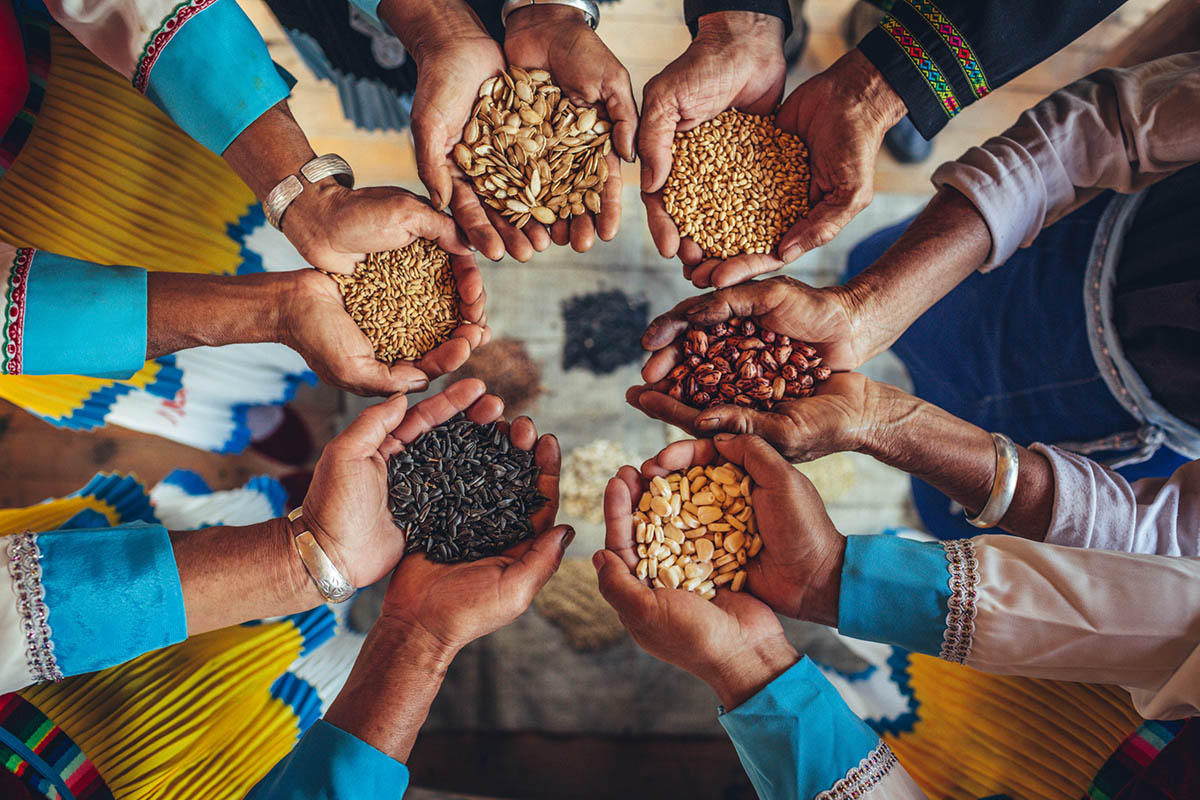
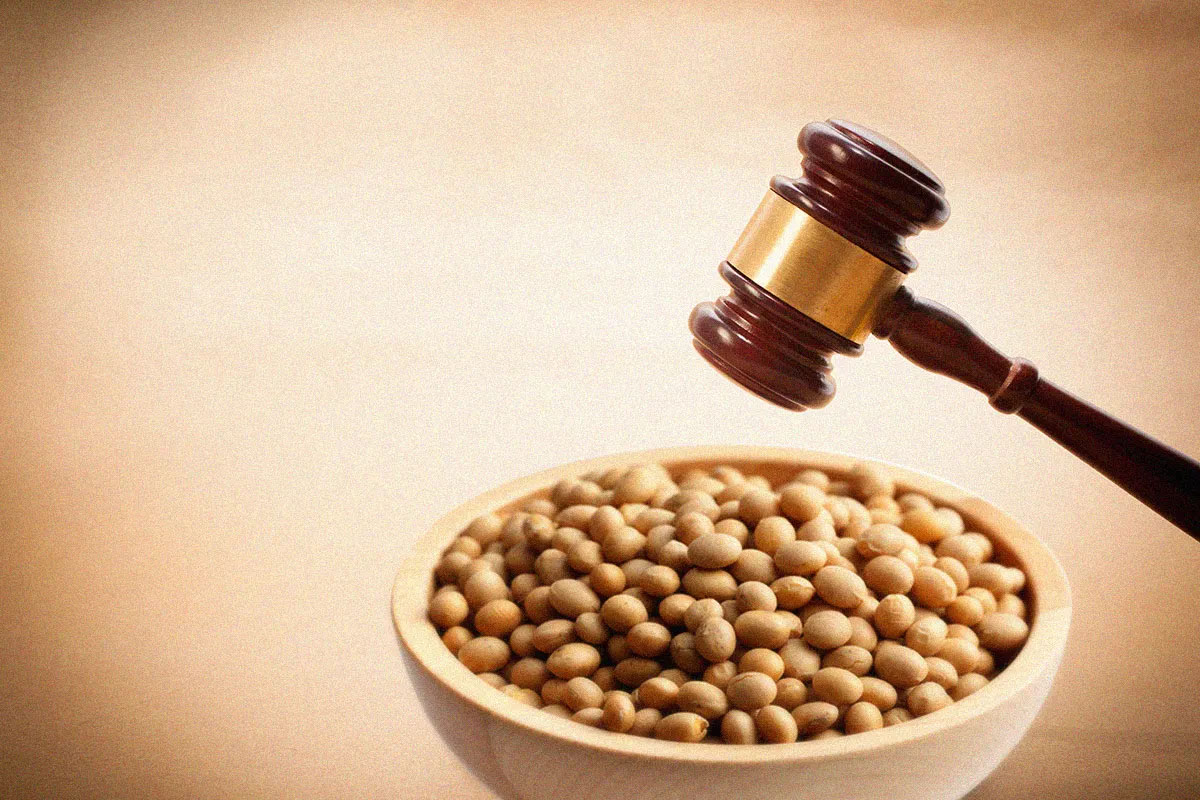
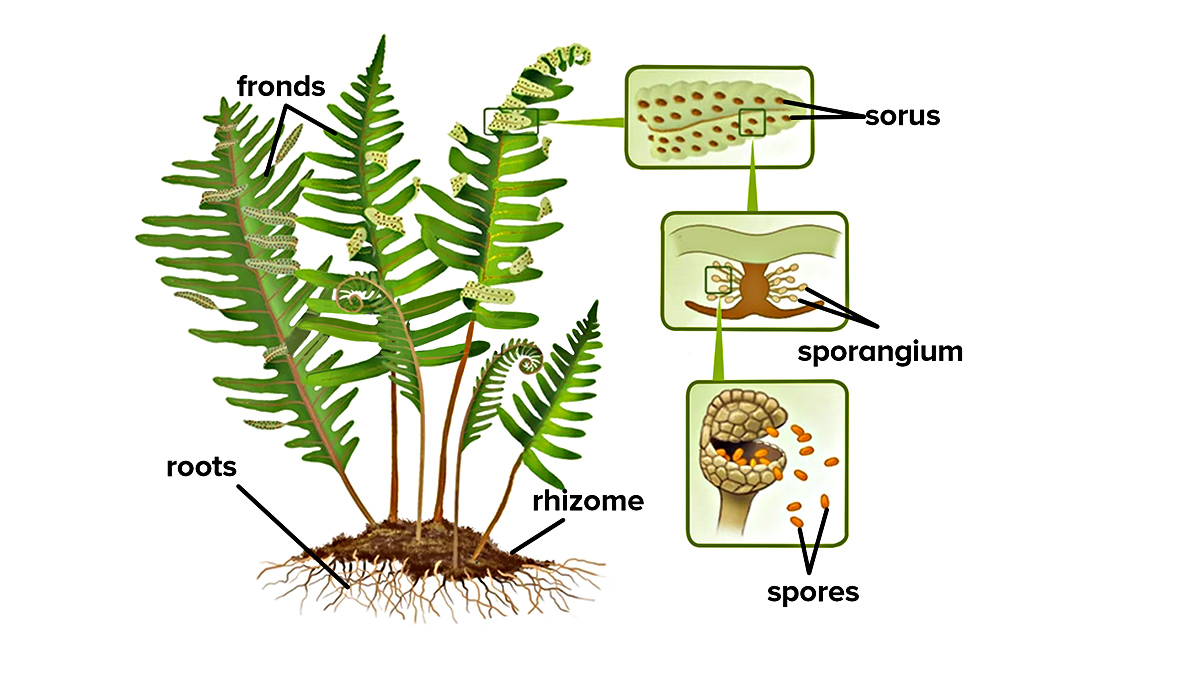
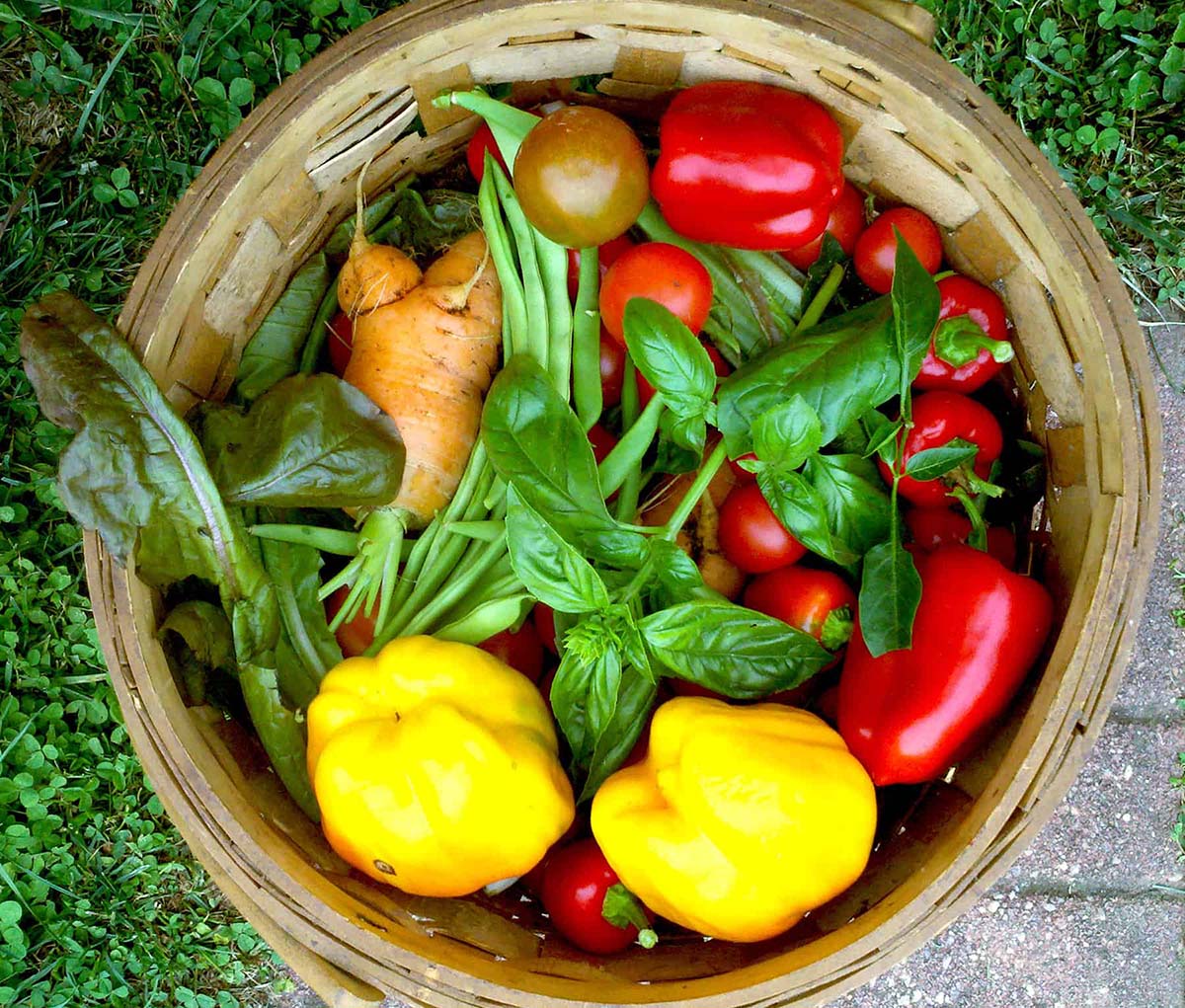

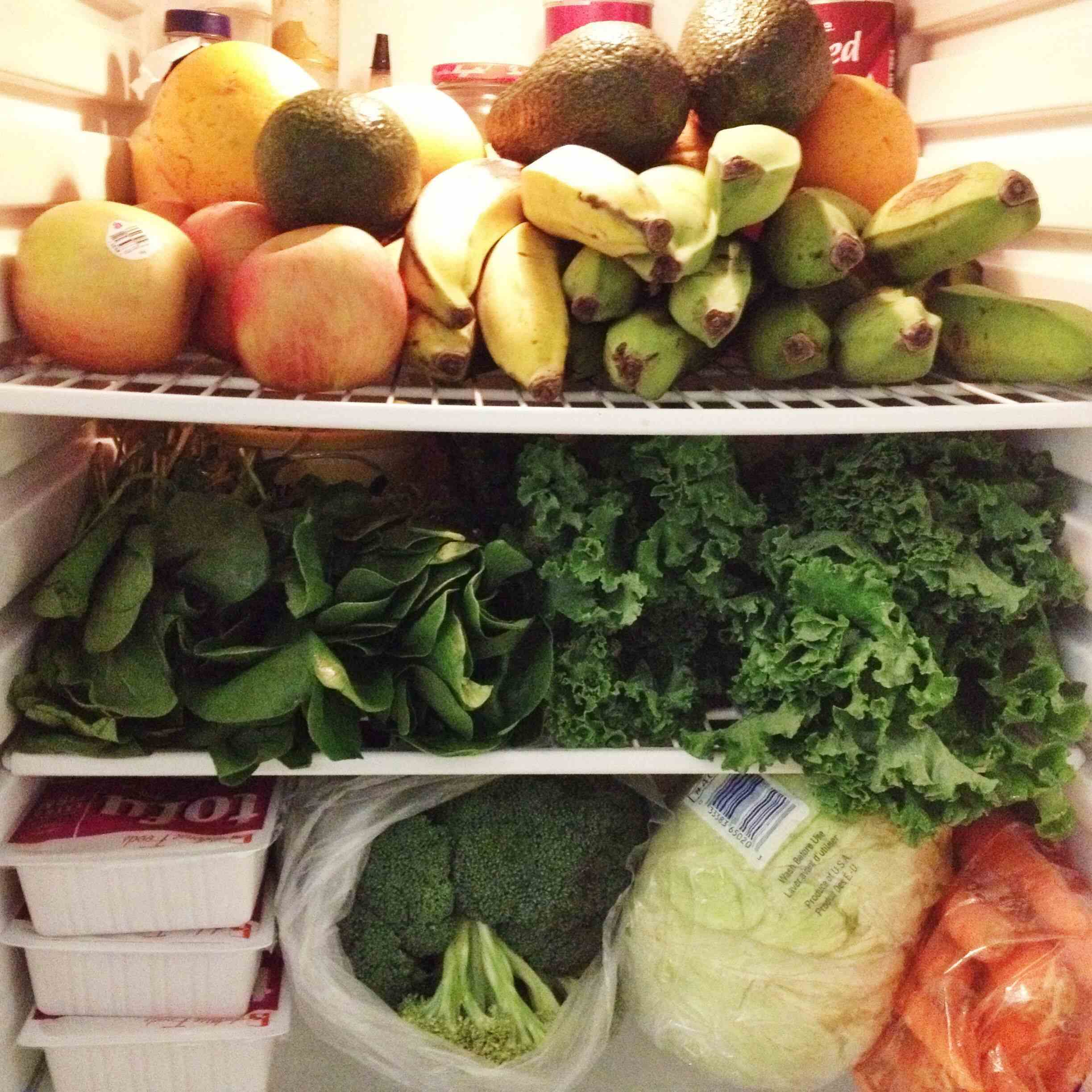




0 thoughts on “How To Produce Hybrid Seeds”